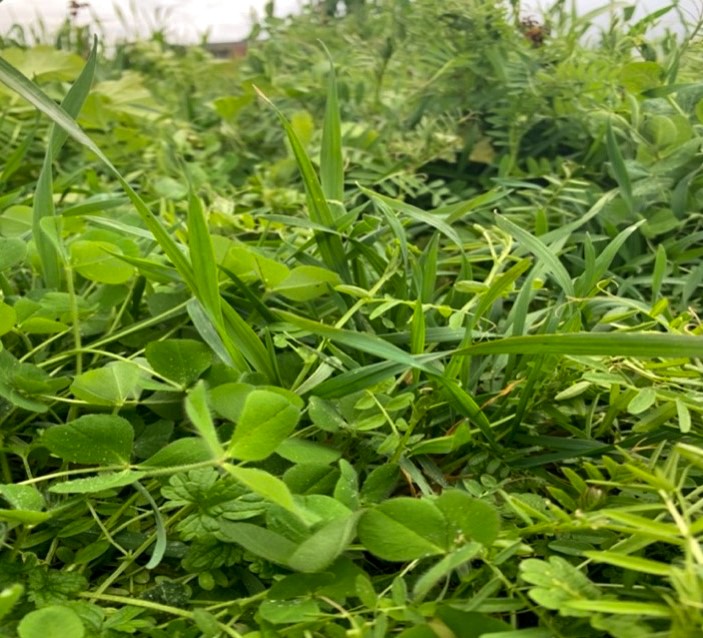‘Regenerative Agriculture’ is one of the latest terms that can make dollars and sense for farmers and conservation. Regenerative Agriculture is a loosely aligned assortment of systems, techniques, and technologies pushing more sustainable and climate-smart farming. The focus is to move beyond maintaining to also restoring the soil with conservation practices like cover crops, reduced/no-tillage, permanent seedings, and intensive rotational grazing.
Moving twenty-first-century agriculture greener is an important aspect of the Biden administration’s climate change agenda. Biden’s strategy looks to pay farmers to curb carbon footprint using regenerative farming practices.
Experts estimate that farmers worldwide can sequester a large portion of carbon through regenerative agriculture practices to avert the worst impacts of climate change. According to a study published in the science journal, Nature:
“Soil stores vast quantities of carbon: Scientists say that more carbon resides in soil than in the atmosphere and all plant life combined; there are 2,500 billion tons of carbon in the soil, compared with 800 billion tons in the atmosphere and 560 billion tons in plant and animal life.”
So, what does this mean for US farmers going forward?

USDA Push for Soil Carbon Markets
The USDA now aims to allocate $30 billion in farm aid money to pay farmers who implement regenerative farming practices that drawdown and store carbon in their soil, a process known as “soil carbon sequestration."
Tom Vilsack, Secretary of Agriculture, stated “It is a great tool for us to create the kind of structure that will inform future farm bills about what will encourage carbon sequestration, what will encourage precision agriculture, what will encourage soil health and regenerative agricultural practices.”
Former President Donald Trump used these funds to assist farmers affected by the Trade War that sent commodity prices spiraling downward. Tapping this pool of money to create a carbon bank may not require congressional approval and will likely have steady support from the agriculture sector in the future for quicker action.
The USDA’s initiative to capture carbon in farmland could support emerging carbon markets in the future by providing assistance to farmers around improving soil health and navigating new carbon trading markets.
Peoples Company Partners with CIBO

Last month marked a landmark deal between CIBO and Peoples Company in the soil carbon market space. Peoples Company will enroll more than 20,000 acres of currently managed farmland acres into CIBO’s cutting edge platform. This partnership makes Peoples Company the nation’s first land management company to offer carbon credits.
"Partnering with Peoples Company makes sense, for farmers and for sustainable agriculture," said Daniel Ryan, CEO at CIBO Technologies. "This partnership charts a pathway that others should follow."
CIBO Impact offers a streamlined approach for enrolling land, quantifying the carbon impact of various practices, and remotely verifying techniques to generate and sell carbon credits -- all with minimal effort on the part of farmers. CIBO uses ecosystem simulation and modeling to quantify greenhouse gas emissions and carbon sequestration and uses advanced computer vision to verify practices. Covered practices include nitrogen application, tillage, irrigation, cash-crop identification, and cover-crop emergence.
Seeking innovative ways to capture conservation financing on managed ground is nothing new for Peoples Company. Please visit PeoplesCompany.com or email LandManagement@PeoplesCompany.com to learn more about how Peoples Company Land Managers maximize production while also protecting the environmentally sensitive acres on managed farms.








